The year in research – stories worth revisiting
Posted by Velvet Hasner
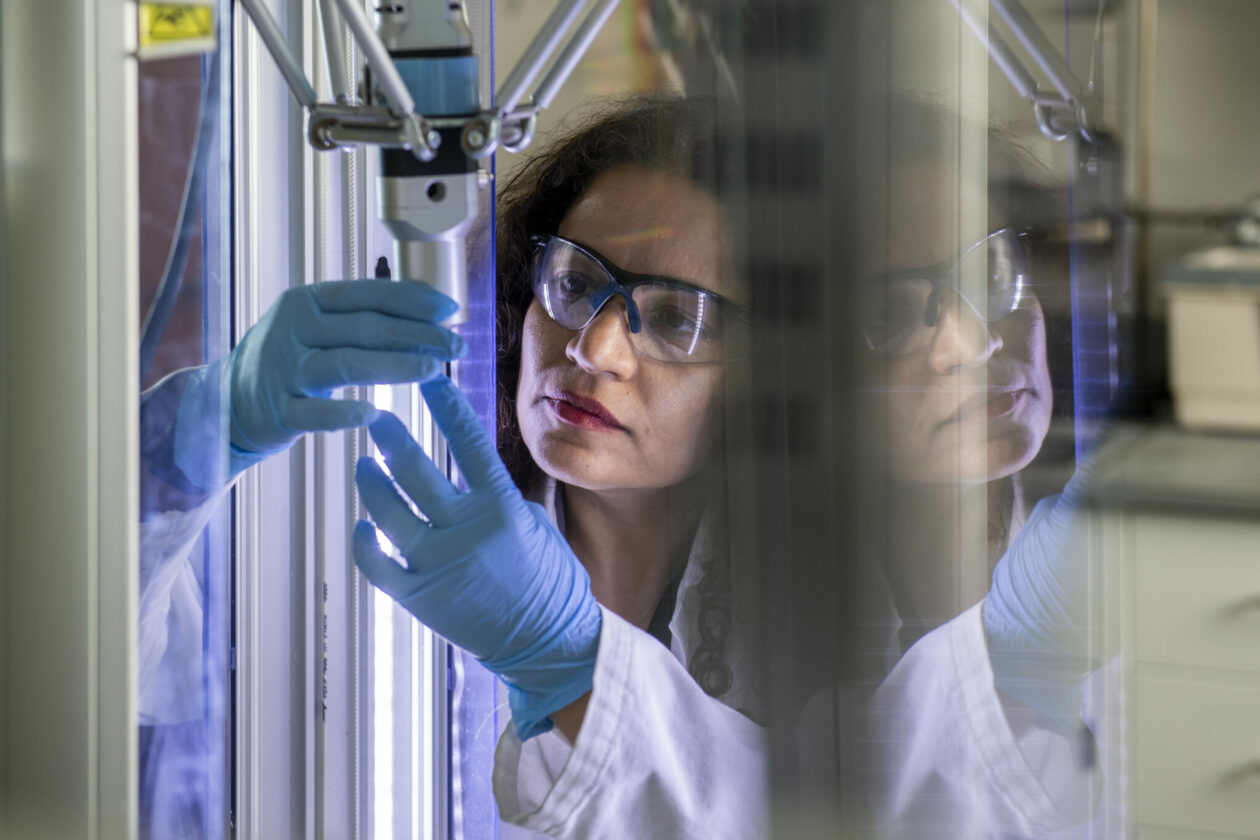
Fateme Rezaei, the Linda and Bipin Doshi Associate Professor of Chemical and Biochemical Engineering at Missouri S&T, recently earned a $1.7 million grant from the National Science Foundation (NSF) for carbon-capture research. Photo by Michael Pierce, Missouri S&T.
From using artificial intelligence to help match kidney transplant donors with those in need to designing more helpful assistive robots for people with disabilities, Missouri S&T researchers are coming up with innovative ways to tackle challenges.
Here’s a look back at 10 research topics that demonstrate the variety and depth of research at S&T.
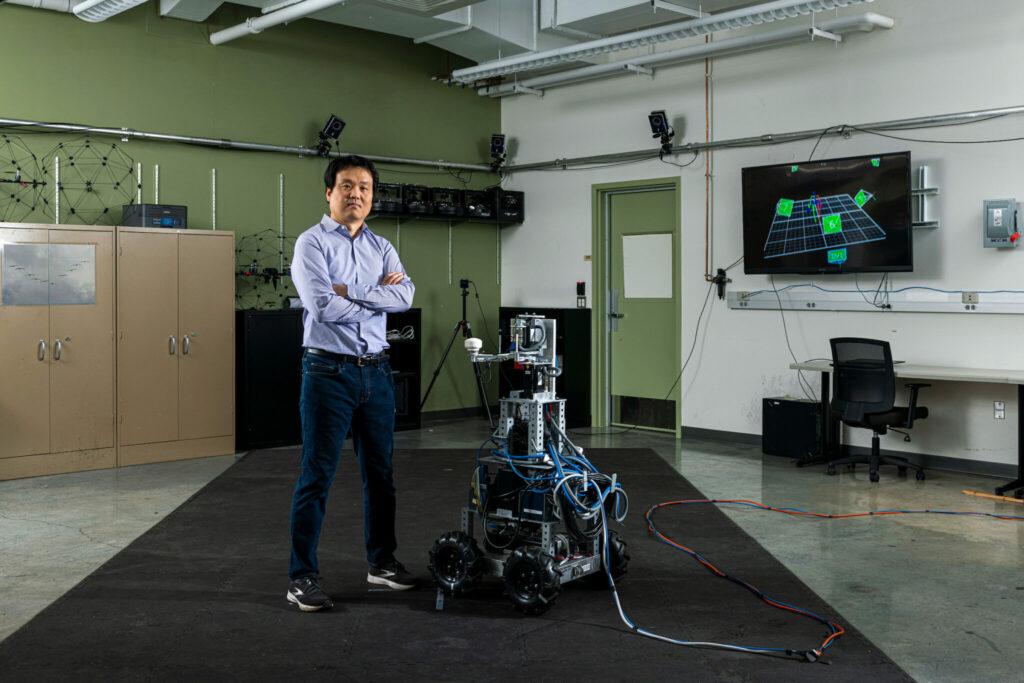
With a little help from my robot
A new study by Missouri S&T researchers shows how human subjects, walking hand-in-hand with a robot guide, stiffen or relax their arms at different times during the walk. The researchers’ analysis of these movements could aid in the design of smarter, more humanlike robot guides and assistants. Dr. Yun Seong Song, assistant professor of mechanical and aerospace engineering, describes the findings as “an early step in developing a robot that is humanlike when it physically interacts with a human partner.”
Step inside my lab tornado
S&T researchers bring tornadoes into the laboratory – literally – with a new simulator that models extreme cyclonic wind speeds. By using the simulator, researchers can study how tornadoes destroy structures and then use the findings to update existing structures and influence new construction.
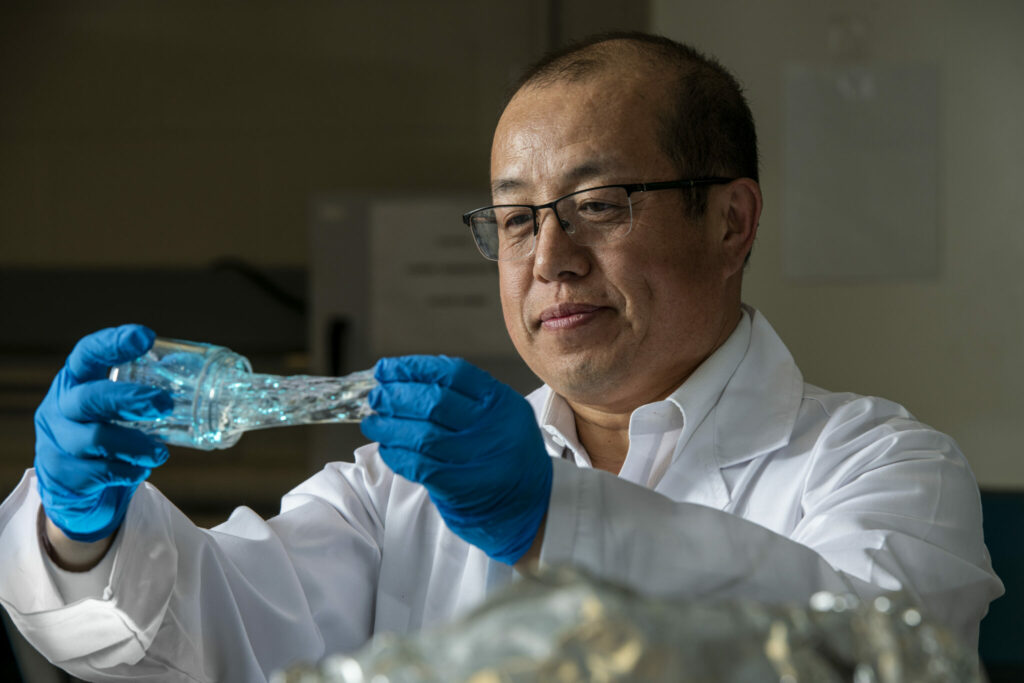
Solving for sustainability
S&T researchers are tackling environmental issues from all angles. Some examples:
- Dr. Fateme Rezaei, the Linda and Bipin Doshi Associate Professor of Chemical and Biochemical Engineering, earned a $1.7 million grant from the National Science Foundation (NSF) for carbon-capture research. Her team will develop a system to capture CO2 and use it for blended cement, ultimately contributing to the decarbonization of the cement industry.
- Dr. Hongyan Ma, an associate professor of civil engineering, is leading research to turn CO2 into massive rocks for permanent carbon storage. “We need ways to not only reduce CO2 emission but also to remove it from the air and utilize or permanently store the removed CO2 at a scale large enough to combat climate change,” he says.
- Dr. Abhijit Gosavi, an associate professor of engineering management and systems engineering, is researching ways to use artificial intelligence to reduce fossil fuels used in the manufacturing process.
- The U.S. Federal Aviation Administration (FAA) awarded a $2 million grant to Dr. Philip Whitefield, Curators’ Distinguished Professor emeritus of chemistry, to study how different types of sustainable aviation fuels could reduce greenhouse gas emissions from airplanes.
- Dr. Baojun Bai, the Lester R. Birbeck Endowed Professor of Petroleum Engineering, is developing cost-effective polymer gels that can help make geothermal reservoirs more efficient.
- The Center for Research in Energy and Environment (CREE) serves as the focal point of research, development, and deployment related to energy and environmental technologies.
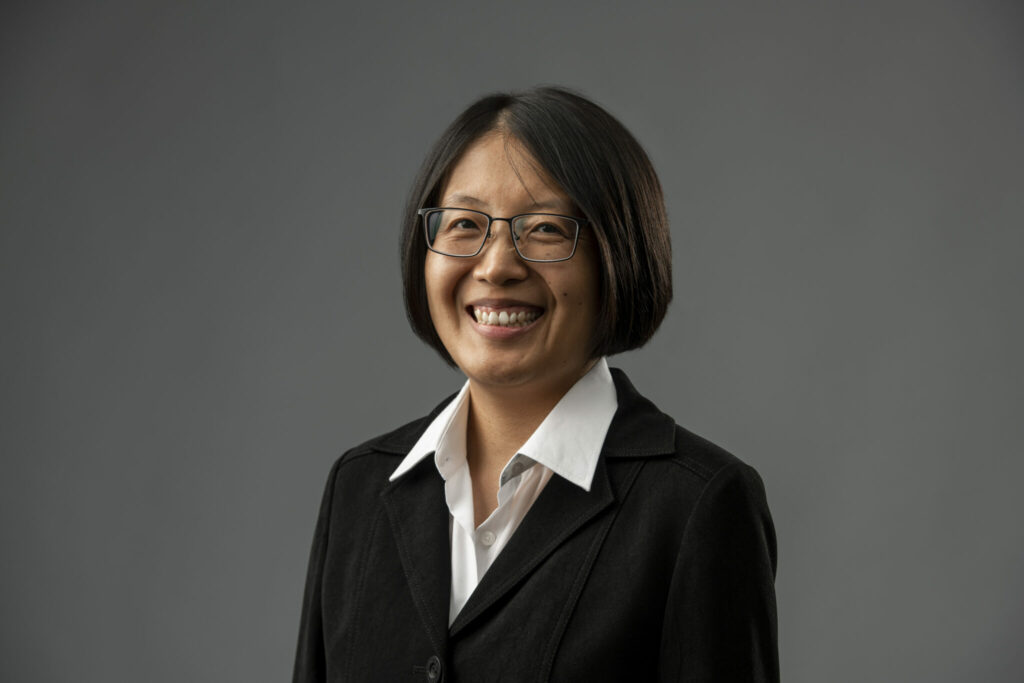
For the health of it
S&T researchers are exploring ways that data can be used to help improve health.
Dr. Casey Canfield, assistant professor of engineering management and systems engineering, is leading research on using artificial intelligence to fine-tune the matchmaking involved in kidney transplants with a $1.8 million NSF grant.
Dr. Jinling Liu, assistant professor of engineering management and systems engineering, is developing a way to customize high blood pressure treatment for each patient, based on their unique DNA. Liu, who also holds an appointment on S&T’s biological sciences faculty, is the first S&T researcher to receive the National Institutes of Health’s highly competitive career development funding known as a K01 award, which is from the NIH National Heart, Lung and Blood Institute (NHLBI). The program’s goal is to provide the resources, dedicated time and experiences early career researchers need to become leaders who are competitive for large grants.
The NIH also supports S&T’s research investigating music, memory and aging, led by Dr. Amy Belfi, an assistant professor of psychological science.
Most-cited researchers, new highs for royalty income
Sixty-five researchers affiliated with S&T are among the top researchers in their field as measured by their career research records, and 12 other current or former Missouri S&T researchers were among the best in their fields in 2021, according to the latest analysis by Stanford University.
In terms of technology transfer, Missouri S&T also had an impressive year. S&T took in nearly $1 million in royalty income in the 2021-22 fiscal year, an increase of 38% over the previous year.

Sparking the next big idea
In its first year, the Kummer Institute invested $500,000 in 17 S&T faculty-led research proposal development projects through the Kummer Ignition Grants for Research and Innovation program. Ranging from $25,000 to $50,000 per project, these grants support researchers’ efforts to develop compelling proposals for multi-million-dollar grants from federal agencies, foundations and corporations. Some research topics include designing glass to engineer heart tissue, creating hubs for hydrogen energy and delivering cancer treatment to patients in rural areas.
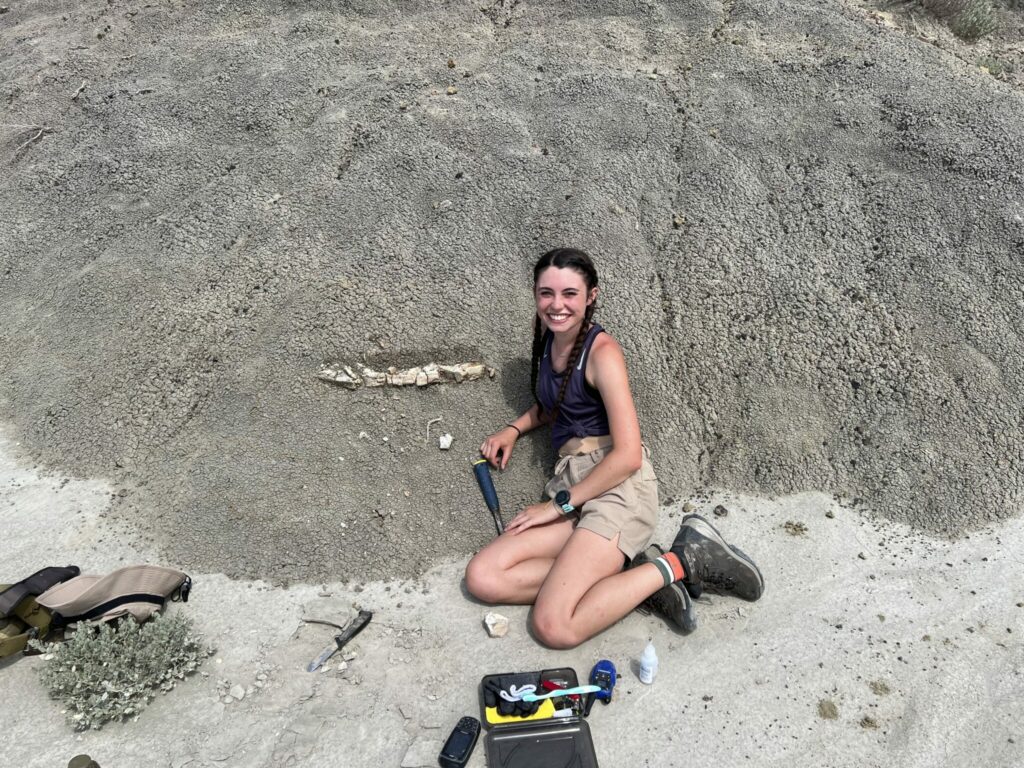
The frill of a lifetime
Emma Puetz, a junior in geology at Missouri S&T, was only 20 minutes from leaving field school in Montana when she stumbled upon a triceratops frill – the bony collar that arched behind the dinosaur’s head.
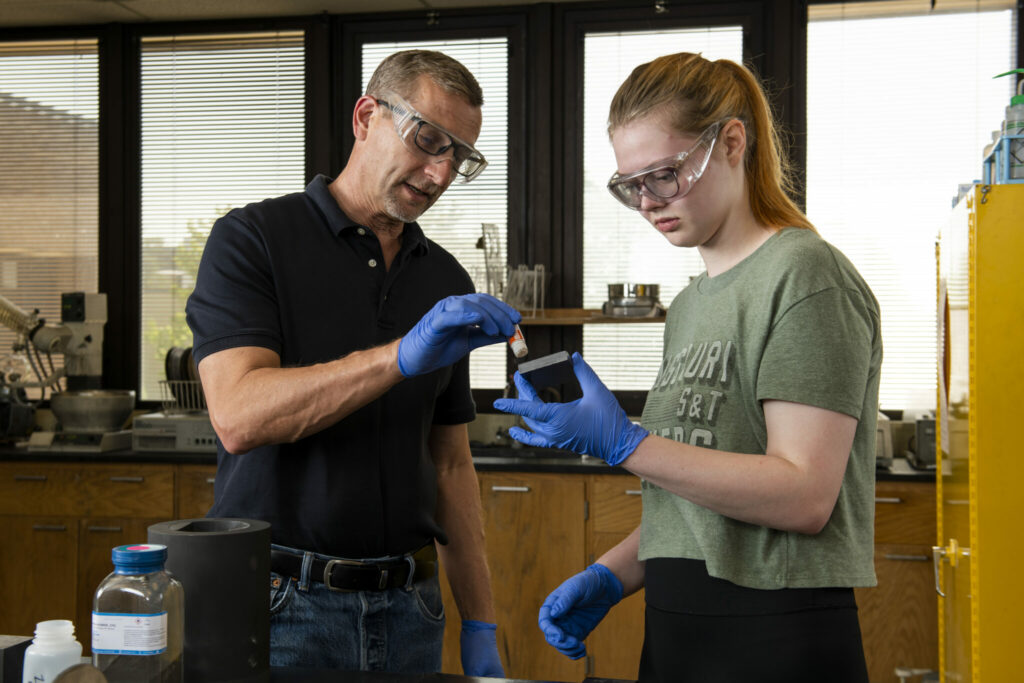
Creating consistent ceramics
When you order fries at a McDonald’s in Alaska, you expect them to taste the same as the fries you get from a McDonalds’ in Missouri. That type of consistency is what researchers at Missouri S&T are trying to achieve in ultra-high-temperature ceramics processing for hypersonic vehicles.
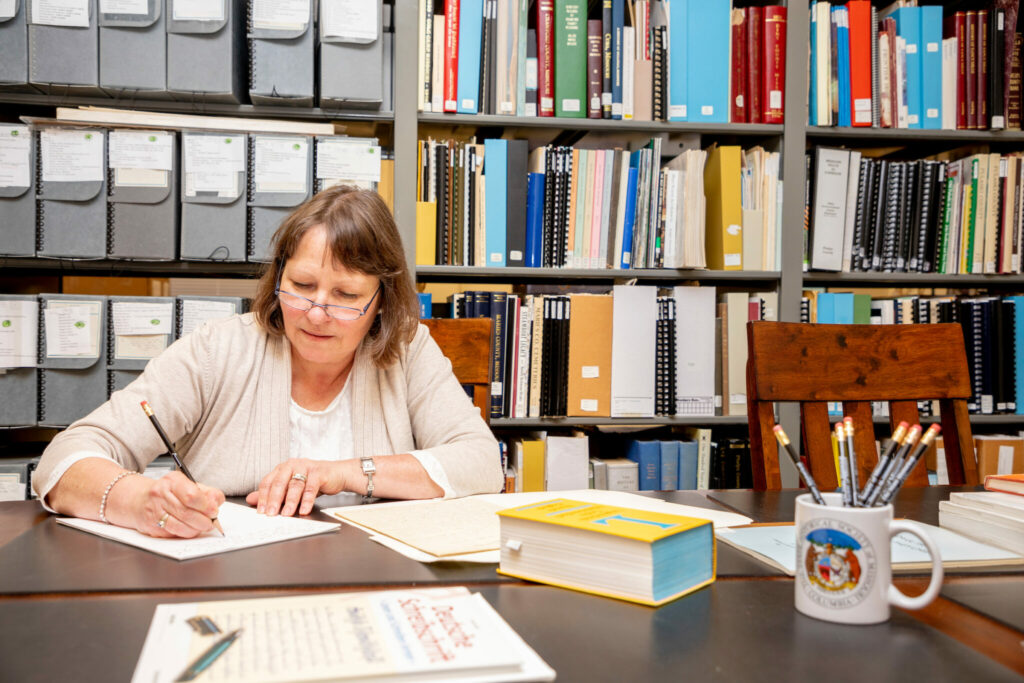
Add to your book list
Check out the latest scholarly books by faculty, with topics ranging from true crime to quantum electrodynamics:
- The Missouri Home Guard: Protecting the Home Front during the Great War, by Dr. Petra Dewitt, associate professor of history and political science.
- Roadhouse Justice: Hattie Lee Barnes and the Killing of a White Man in 1950s Mississippi, by Dr. Trent Brown, professor of English and technical communication.
- Tea on the Terrace: Hotels and Egyptologists’ social networks, 1885-1925, by Dr. Kathleen Sheppard, associate professor of history and political science
- Quantum Electrodynamics: Atoms, Lasers and Gravity, by Dr. Ulrich Jentschura, professor of physics.
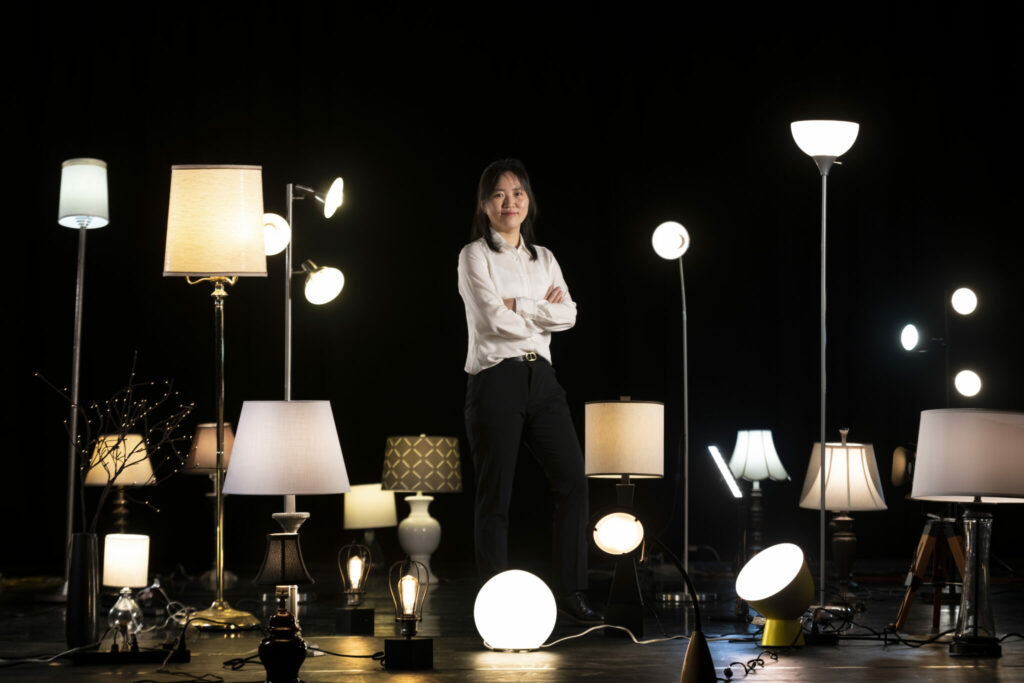
Shining a light on data transfer
Turning a light on and off doesn’t require much thought – click on, click off. But modulating that light – turning it on and off faster than the human eye can comprehend – and using the modulated light for Wi-Fi data transmission requires a great deal of thought, and it’s the focus on Dr. Nan Cen’s visible-light communications research.
More about S&T research
For more news about Missouri S&T research and scholarship, visit the research section of this news site or visit S&T’s research webpage.
Leave a Reply